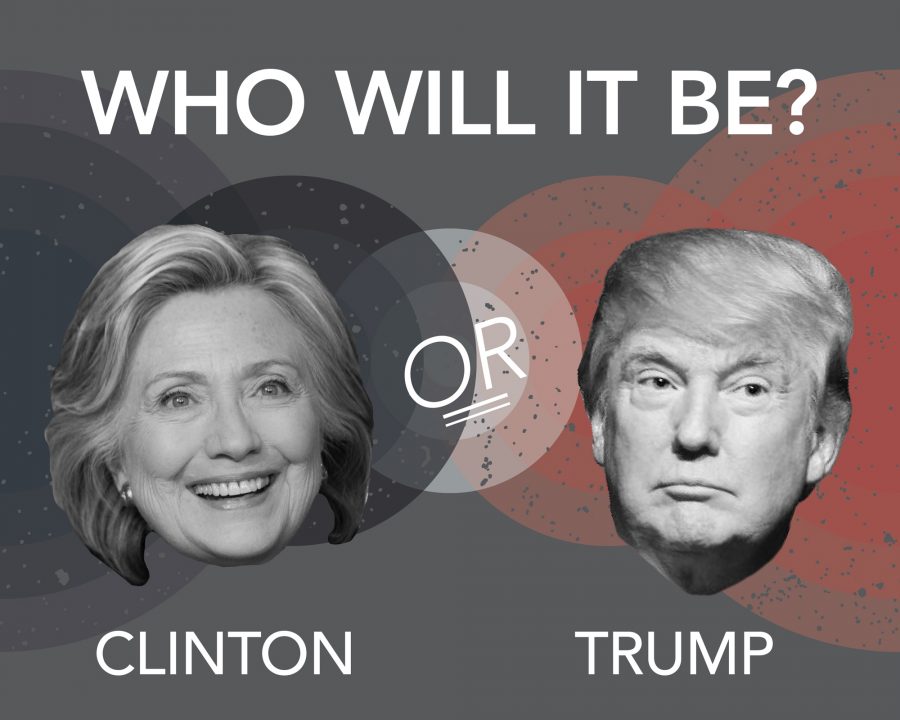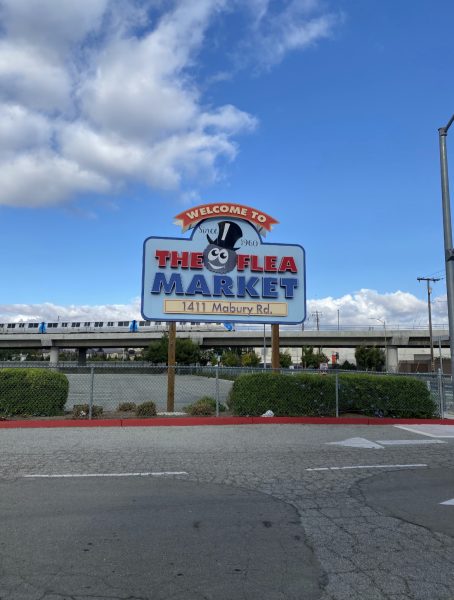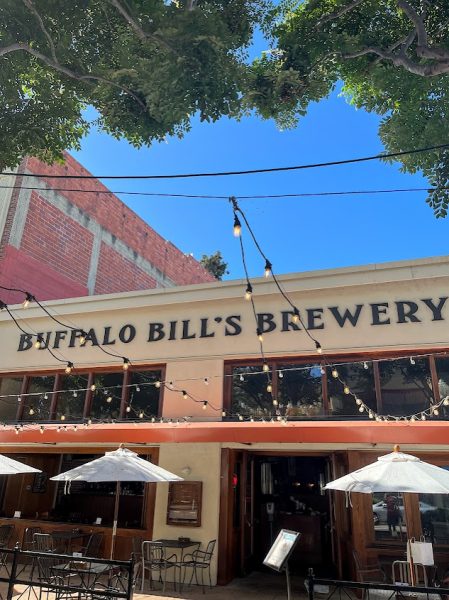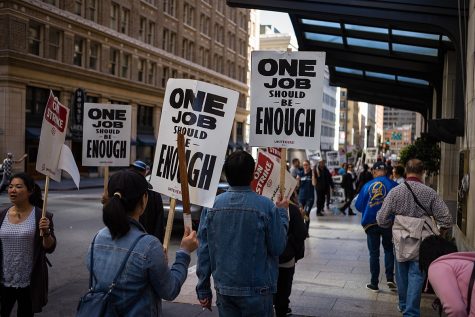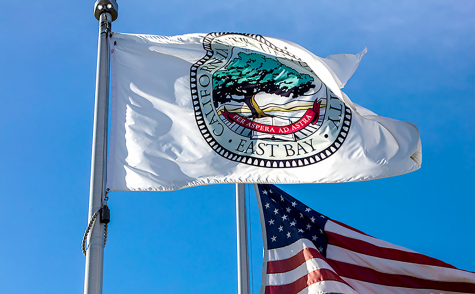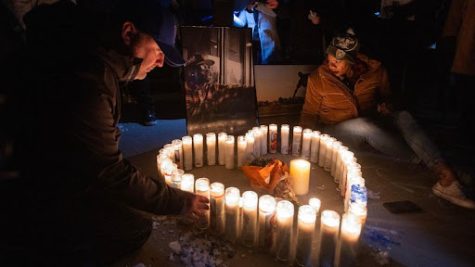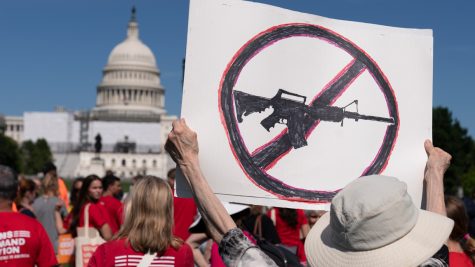Clinton’s big win in California: Why were the polls so wrong?
A trio of polls showed a tight race between Hillary Clinton and Bernie Sanders in California, but by early Wednesday morning it was clear Clinton, who claimed the Democratic nomination Tuesday night at a rally in New York, would roll to a resounding victory over the Vermont senator.
The question, as dawn broke Wednesday, was why.
With 100 percent of precincts reporting, Clinton has a lead of 12.6 percentage points over her rival in a bitterly fought nomination contest. In the liberal Bay Area, which was fertile territory for Sanders’ “political revolution,” voters in all nine counties favored Clinton, mostly by wide margins.
Many thousands of late-returning mail ballots must still be counted, so Clinton’s lead may shrink, but the outcome is decided.
There are a few obvious factors that political experts will consider as they break down Clinton’s triumph in coming days and weeks:
–To what extent did an Associated Press report Monday calling the nomination for Clinton dampen the enthusiasm of Sanders’ supporters, keeping them from the polls?
–How much trouble did independent voters have trying to participate in the Democratic primary? A Los Angeles Times investigation found thousands of independents may have mistakenly registered as members of the American Independent Party, a fringe conservative party. Others may have failed to request a Democratic ballot.
–And how much did Sanders’ support depend on millennials and college students who could not be relied on to get to the polls in the first place?
According to an exit poll of early mail voters by Capitol Weekly, Clinton did better among older, more affluent voters, as well as women and blacks.
Election data guru Paul Mitchell, who worked on the exit poll, said the AP story does not explain why the polls were off, because Clinton exceeded expectations among early mail voters who cast their ballots before the wire service filed its narrative-altering report.
But something happened to the young voters who leaned toward Sanders, he said. From January to May, 2.3 million Californians registered to vote, the biggest surge in state history, Mitchell said, and polling showed they favored Sanders over Clinton.
“We’ll have to do a post-election analysis to see how many of them turned out,” he said.
One recent poll accurately predicted Tuesday’s result. Stanford’s Hoover Institution released a survey May 31 that showed Clinton with a 13-point lead.
Bill Whalen, a Hoover research fellow, said the polls that showed a tighter race may have overestimated voter turnout, which many people expected would approach the 5 million mark set during the 2008 primary contest between Clinton and Barack Obama. As of Wednesday, fewer than 3.5 million votes had been counted.
“There was this anticipation that on June 7 this wave of young voters and independents would hit the shore,” Whalen said. “And that wave died somewhere out at sea.”
That tipped the scales toward traditional Democratic voters inclined to go for Clinton. He noted that Bill Clinton’s victory in California during the 1992 general election was a pivotal moment in the state’s transformation into a safe haven for Democrats.
“She helped create that machine and she’s an extension of that machine,” Whalen said. “And that machine worked very well for her on Election Day.”
Still, the ease of Clinton’s victory took many by surprise. Steve Maviglio, a California-based Democratic strategist and Clinton supporter, kept expecting a Sanders surge as he watched the returns Tuesday night.
“Bernie camped out here for the last three weeks,” he said. “Given the size of his rallies, I thought there was going to be a giant comeback.”
The appearance of a neck-and-neck race gave Californians a rare opportunity to see the Democratic primary up close. Clinton and Sanders barnstormed the state in the campaign’s final days.
But even riding a merry-go-round at Santa Monica Pier didn’t help the Vermont lawmaker, who is losing by 57 percent to 42 percent in Los Angeles County.
Clinton’s best result in the Bay Area so far comes in San Mateo County, where she leads her rival 60.9 percent to 38.6 percent. Sanders’ best showing is in Sonoma County, where he trails by a mere 2.5 percentage points.
In the broader Bay Area region, Sanders managed to claim victory in Santa Cruz County. He leads there by 11 percentage points.
Honda stalling
In his second face-off with challenger Ro Khanna, Rep. Mike Honda, D-San Jose, needed a strong showing in the primary to generate momentum for the general election.
He didn’t get it.
With all precincts reporting Wednesday morning, Khanna leads Honda 38.3 to 38.1 percent.
Honda now has a dire fight on his hands. In their first meeting in 2014, the congressman won handily in the primary but prevailed by only 3.6 percentage points in the November general election.
Things may go much, much worse for Honda this time.
Harris cruises
As expected, Attorney General Kamala Harris will be in the catbird seat in the general election. The darling of California’s Democratic establishment outpolled second-place finisher Rep. Loretta Sanchez, D-Garden Grove, by more than 2-to-1 in the race to replace Sen. Barbara Boxer.
And a geyser of oil money didn’t help Assemblywoman Nora Campos, D-San Jose, keep it close against state Sen. Jim Beall, D-San Jose. With all precincts reporting Wednesday, Beall has 49.2 percent of the vote. Campos, in second with 26.3 percent, will get another shot at the incumbent in November.
‘Yea’ for the bay
In a sign that voters are feeling good about the economy, most tax measures throughout the Bay Area appeared to be passing.
The most closely watched initiative was Measure AA, a $12 annual parcel tax to fund wetlands restoration and flood control projects around the shore of San Francisco Bay.
Backers of the measure, which needs two-thirds of the vote in the nine Bay Area counties to pass, declared victory Wednesday morning.
Here’s how residents in all nine counties have voted, with all precincts reporting: San Francisco (77 percent), Alameda (74.6), Marin (72.5), San Mateo (71.5), Santa Clara (69.5), Contra Costa (64.8), Sonoma (68.3), Napa (57.2) and Solano (53.4).
Local measures
In San Jose, voters showed strong support for Measure B, a quarter-cent sales tax hike to raise revenue for city services. But they were not high on Measure C, which would have loosened restrictions on medical marijuana outlets. That measure is failing, with just 35.1 percent support.
Coastal casualty
The blowback against the California Coastal Commission for its February termination of Executive Director Charles Lester intensified Tuesday as Commissioner Martha McClure, one of the agency’s strongest anti-Lester voices, was crushed in her re-election bid as a supervisor in Del Norte County.
Losing her supervisor’s seat means she will lose her spot on the commission as well. McClure was appointed to the commission in 2011 by Gov. Jerry Brown.
McClure was blown out Wednesday by challenger Lori Cowan by a nearly 2-to-1 margin. Check back Wednesday for more updates and analysis.


